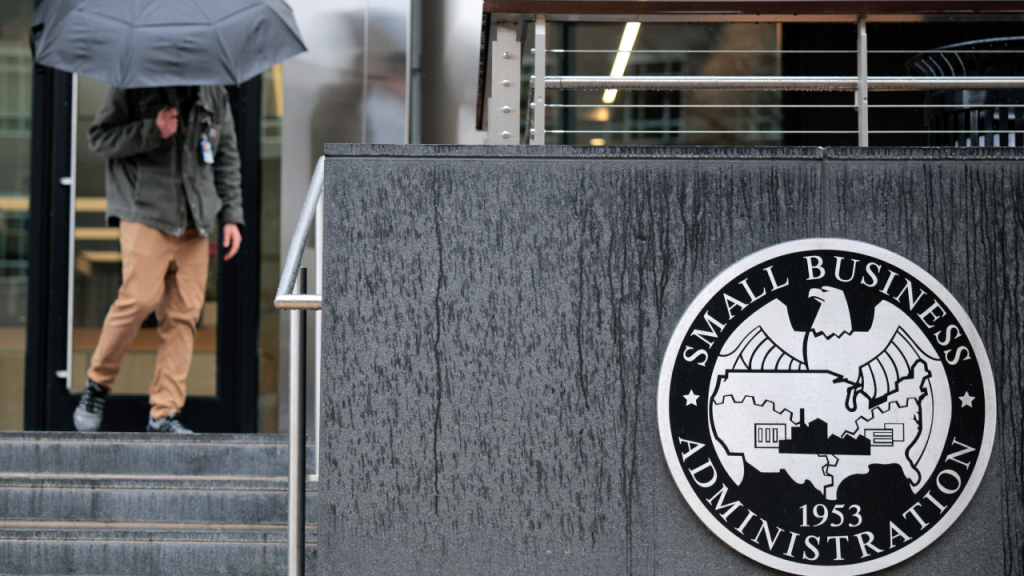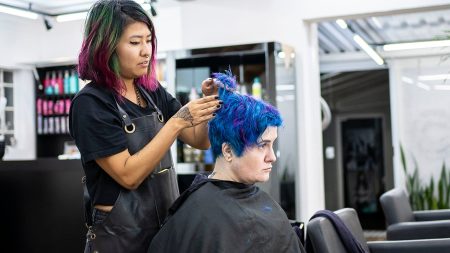With the current presidential administration making sweeping changes across the federal government, the Small Business Administration has undergone a wave of new regulations, standards and criteria impacting how small business owners can qualify for SBA loans.
Here’s a roundup of the changes to be aware of, and how they can impact your small business.
Reductions and reorganizations at the SBA
There’s been more of a focus on “eliminating fraud and waste” as stated by SBA head Kelly Loeffler, with an emphasis on eliminating headcount, closing offices and reducing the number of federal work contracts offered by the SBA. As of April 2025, the agency cut over 100 contracts, closed, combined or moved nearly half (47 percent) of their leased space and cut its workforce by 43 percent, according to an SBA press release.
SBA offices in sanctuary cities have been a particular target of the new administration, with offices in New York City, Boston, Denver, Atlanta, Seattle and Chicago being relocated by Loeffler’s orders. Businesses in those cities will still be able to access SBA loans through approved lenders, though Loeffler emphasized preventing loan access for undocumented immigrants.
Student loans moving under the SBA
President Donald Trump announced that student loan servicing would move out of the Department of Education, as part of a large-scale downsizing of the department, and under the SBA. Trump claims this allows student loans to be serviced under an administration with more tools and experience in handling loans and payments.
Certain experts and advocates in the student loan sphere, however, aren’t so sure. Jessica Thompson, senior vice president for The Institute for College Access & Success, said in a statement that the staff reductions in the SBA will lead to more loan mismanagement.
“This can only result in borrowers experiencing erratic and inconsistent management of their federal student loans,” Thompson said in the statement. “Errors will prove costly to borrowers and ultimately, to taxpayers.”
Loan eligibility and underwriting standards
In April 2025, a slew of changes shifted eligibility for SBA loans. These include:
- Eliminating the “Do What You Do” rule, which previously allowed lenders to set the standard for SBA loans based on their own criteria for creditworthiness.
- Requirements for verified tax transcripts from borrowers.
- Requirements for hazard insurance for loans over $50,000.
- Businesses involved in the sale of marijuana/cannabis products have now been explicitly excluded from SBA loan eligibility.
- Reinstating lender fees on SBA 7(a) loans.
- Requiring a 10 percent equity injection for startup or business acquisition loans.
While these standards will reduce risk for the SBA, it will require additional documentation, higher credit standards and additional borrowing costs for small business owners.
On the flip side, the SBA also removed personal liquidity standards from loan eligibility checks, meaning that borrowers with high personal worth or liquidity can be approved for an SBA loan.
The SBA’s new citizenship rules
As of March 2025, only businesses fully owned by United States citizens and that are based in the United States will be eligible for SBA loans. Previously, businesses with a majority citizen ownership could obtain SBA loans. However, every owner or shareholder of the business – no matter what the size of their share or stake – must be a US citizen and have the documentation to prove so.
Chris Hurn, founder and CEO of SBA lender Fountainhead, recommends having your documentation ready for your lender, which can help speed things along.
“We’ve had two or three transactions that we’ve had to assemble a lot more documentation,” Hurn said.
“In one case, they had about 150 shareholders, and we had to get documentation on all of them. Historically, we would not have had to do that.”
Changes in acquisition and ownership buyouts
New changes within the SBA are making it easier to change business ownership and fund acquisitions through SBA loans. With the 7(a) loan being the primary vehicle for acquisition loan, the SBA’s new rules include:
- Equity injections no longer being required for partner buyouts, so long as your debt-to-value ratio is 9:1 or more.
- 7(a) loans now being eligible for full or partial ownership buyouts, with an extension to 10 years for loan terms.
These changes will make acquisitions and buyouts easier to perform with an SBA loan, which will help fuel growth and allow starting business owners to get ahead by purchasing an existing business, instead of starting from scratch, and by enjoying the benefits of an SBA instead of having to rely on a private loan.
“SBA financing of business acquisitions is almost indisputably the best option that business owners have when they’re trying to buy another business,” Hurn said.
Reinstatement of the SBA Franchise Directory
The SBA is reinstating its Franchise Directory, which was eliminated in 2023 but will now be introduced with updated rules. The Franchise Directory allows lendersto evaluate potential borrowers seeking to launch a franchised business without having to trawl through separate documentation.
The newly relaunched Franchise Directory will include new requirements, including:
- Mandatory verification that the brand is listed in the directory.
- Changes to what is defined as the “owner” of a franchise, emphasizing affiliation instead of “control” over the business or franchise.
- A six-month “lookback” period that considers a franchise owned by an ineligible person in the previous six months to be ineligible for a loan, unless the owner has fully divested their share before the loan application.
Hurn said the reinstatement of the directory will be helpful in determining eligibility in borrowers seeking to launch a franchised business.
“It was very effective to know historical default rates on various franchise concepts,” Hurn said. “The SBA is very instrumental in franchise lending across America.”
The new requirements within the directory, though, will make lending standards tighter. When considering a loan for a franchise, be sure to review ownership history carefully and have ineligible owners (such as non-US citizens) divest their share before the application process.
The bottom line
Changes at the SBA have reduced the SBA workforce, folded other loan services into the agency and tightened lending requirements around credit and citizenship status. While certain changes are making certain SBA loan applications easier – such as acquiring a business – other rule changes have made it more difficult to obtain SBA loans for the foreseeable future. Businesses should prepare for extra documentation, longer wait times and higher standards when applying for SBA loans in the future.
Read the full article here












